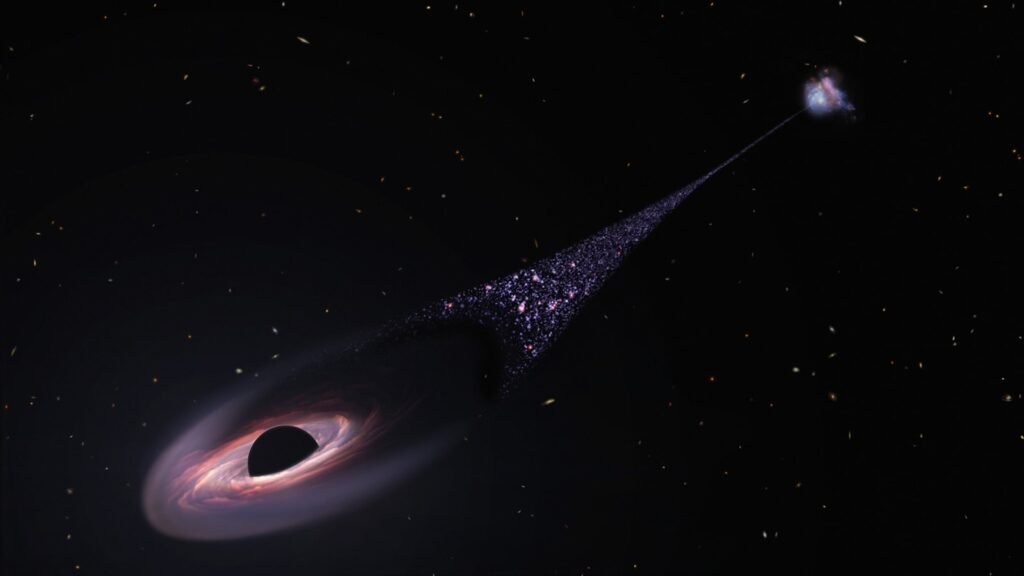They are the strangest survivors of stellar death, the leftover hearts of massive suns pressed into something smaller than a city and denser than your imagination. Neutron stars bend space, twist magnetism, and tick like cosmic clocks, all while hiding equations no lab on Earth can safely test. Astronomers keep finding new ways these objects defy expectations, from forging precious metals to shaking our detectors with ripples in spacetime. The mystery-versus-discovery tension is real: every observation answers one question and opens three more. Here’s what the latest research reveals – and why these star-cores might be the most important physics labs in the universe.
Gravity Turned Up To Impossible: A Star Compressed To A City
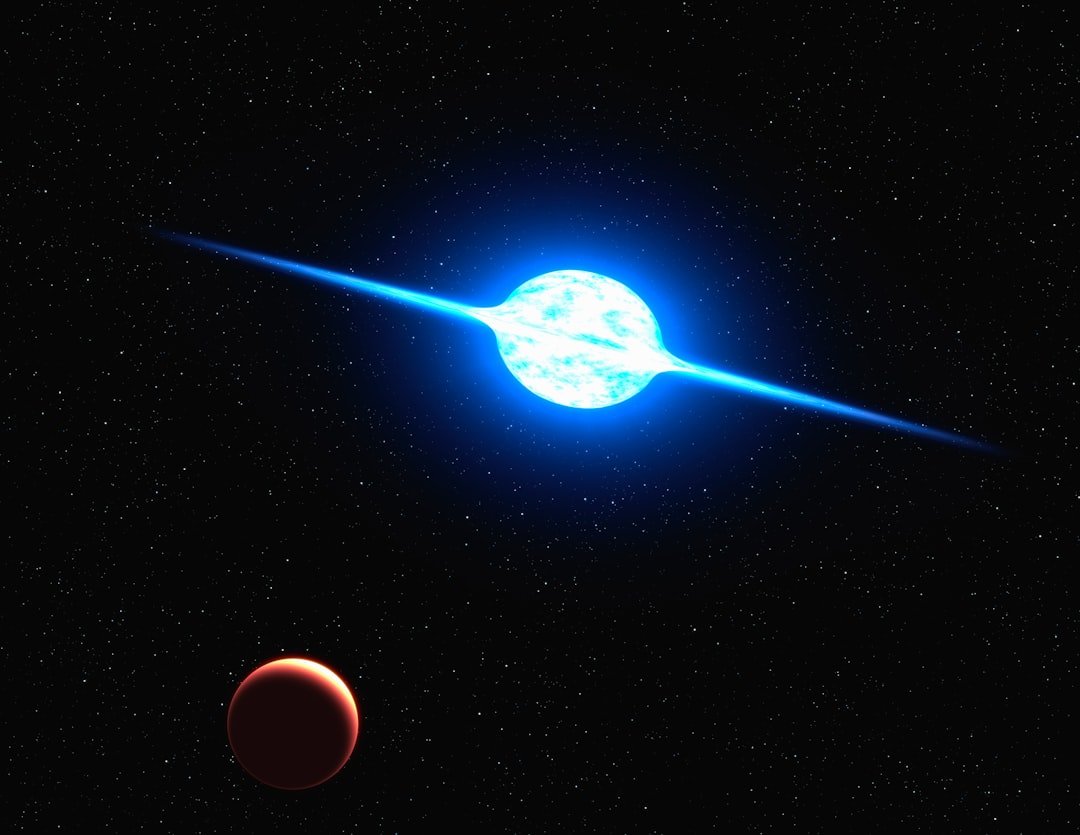
Imagine a sun crushed into a city-sized sphere – does that even compute? A typical neutron star packs more mass than our Sun into a ball roughly the width of a major metropolitan area, curving spacetime so sharply that light itself struggles to escape cleanly. The surface gravity is so intense that anything falling just meters crashes with energies that dwarf earthly explosions. This is where general relativity and quantum physics meet, shake hands, and then immediately argue.
Because of that extreme curvature, simple ideas like “surface” start to blur, and time runs measurably slower compared with clocks on Earth. Even radio waves sliding past the star arrive stretched and delayed, giving astronomers a built‑in stress test for gravity. That’s not sci‑fi; it’s the quiet, daily reality of these objects.
The Teaspoon Test: Weight That Breaks Your Brain
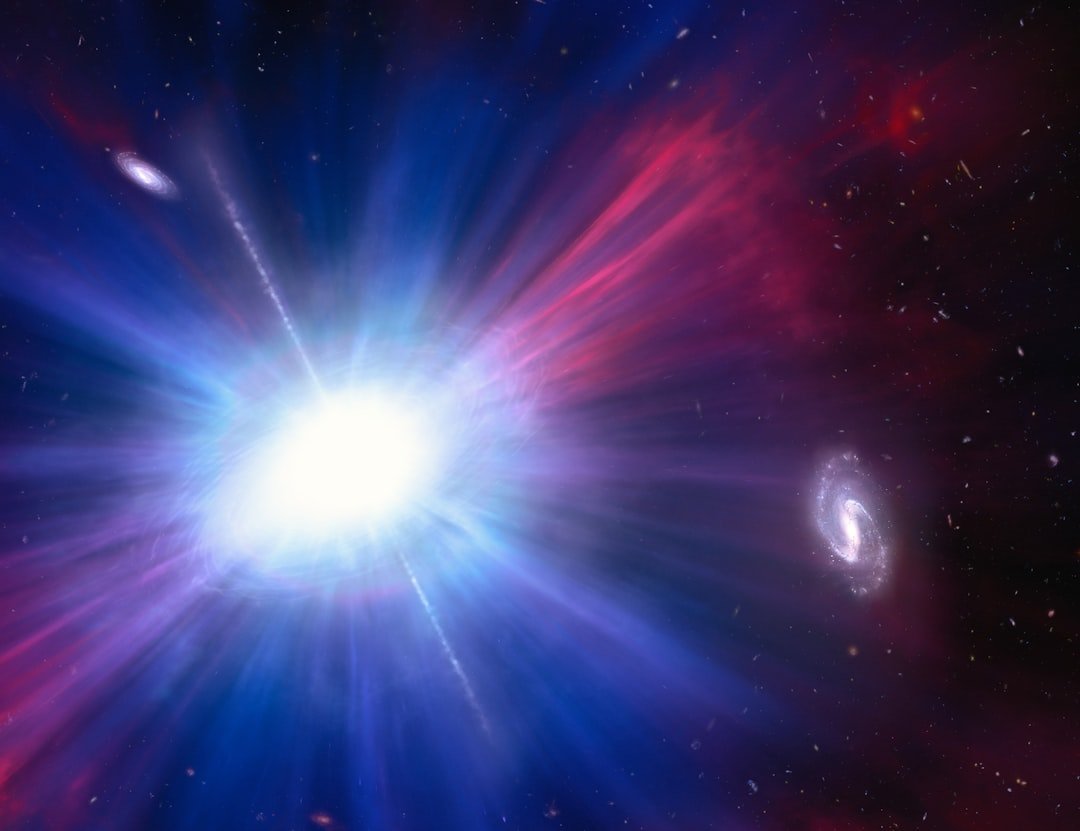
Picture scooping a teaspoon of neutron-star matter and trying to set it down on a kitchen scale. That single spoonful would weigh roughly as much as a mountain at Earth’s gravity, a number so absurd it reads like a typo until you do the math. Inside, neutrons are packed shoulder to shoulder, more crowded than atoms in the tightest crystal you can name.
It isn’t just density; it’s pressure beyond anything our materials can tolerate. Electrons are squeezed into protons, making a neutron-rich soup stabilized by nuclear forces. If nature has a high‑compression limit before collapsing into a black hole, neutron stars hover right on that edge.
Spin Demons: Pulsars Whirl Hundreds Of Times A Second
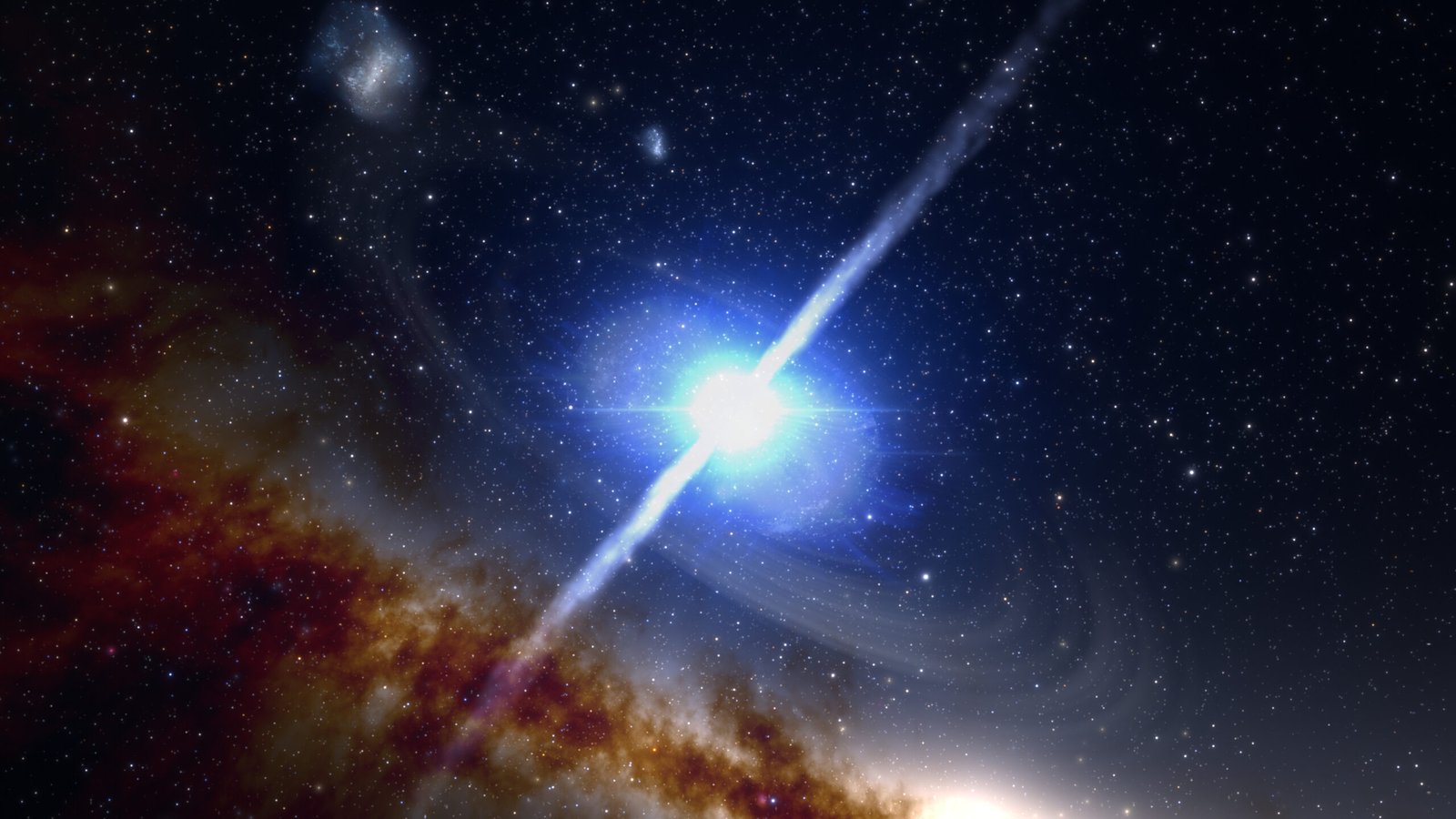
Some neutron stars – pulsars – spin so fast they outpace a blender blade by a ridiculous margin, sweeping lighthouse beams of radio or X‑rays across the sky. The speed record exceeds seven hundred spins per second, which means a point on the equator is moving at a meaningful fraction of light’s speed. How do they get that fast? Companion stars donate matter, and the infalling material transfers angular momentum, like a cosmic hand giving the pulsar an energetic shove.
As the star spins, beams slice past Earth with clock-like regularity. Astronomers can predict pulse arrival times with staggering precision, turning a distant corpse of a star into an instrument that can rival dedicated timing gear. When something nudges that timing, we learn about whatever did the nudging.
Magnetic Monsters: Magnetars Rewrite The Rules Of Fields
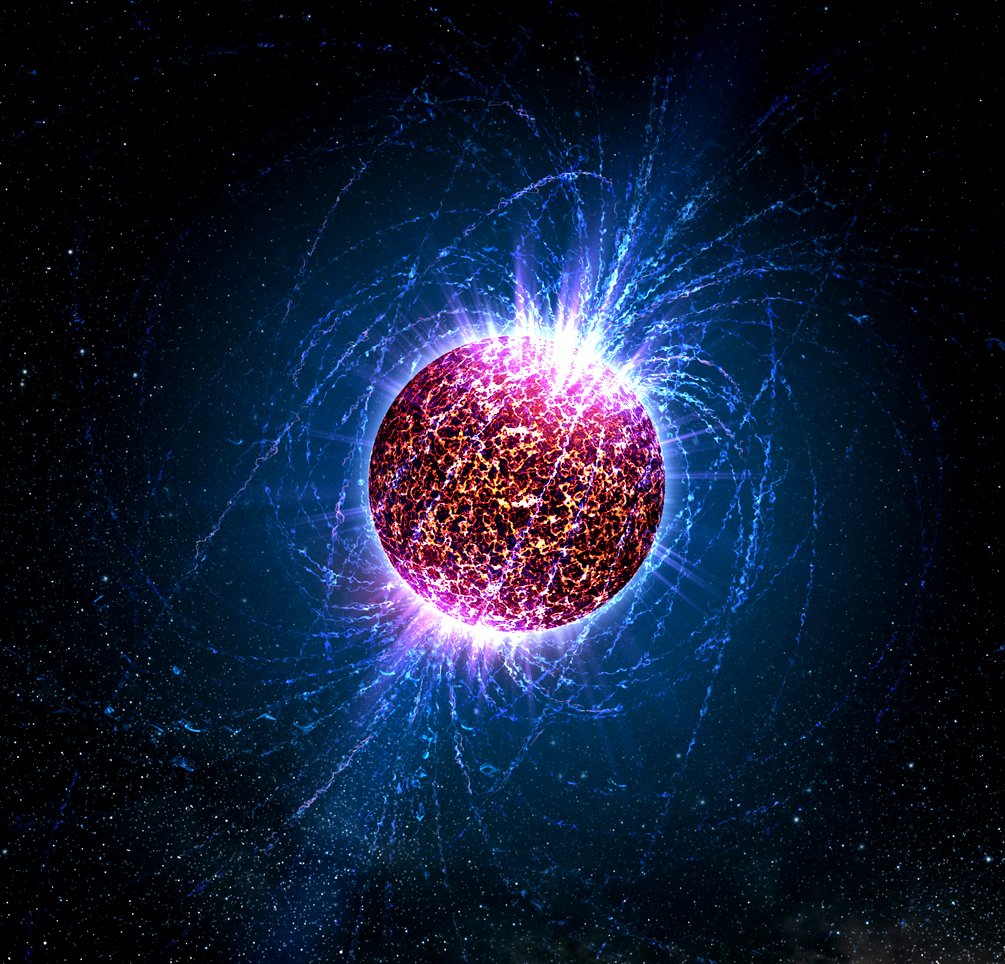
Take a magnetic field, multiply it by far more than a trillion compared with Earth’s, and you’re starting to approach a magnetar. In those fields, atomic structures twist and fracture, and physics that seems tame in a classroom goes off‑script. The crust can suddenly rearrange in a starquake, releasing bursts of X‑rays and gamma rays that flare across the galaxy.
If you could somehow stand a modest distance from a magnetar, the field could scramble electronics and even tug on molecular bonds. We’ve measured dramatic outbursts that fade within minutes, yet leave fingerprints on surrounding space for months. They are the drama queens of stellar remnants – loud, bright, and impossible to ignore.
Mountains Smaller Than Ant Hills: The Flattest Worlds
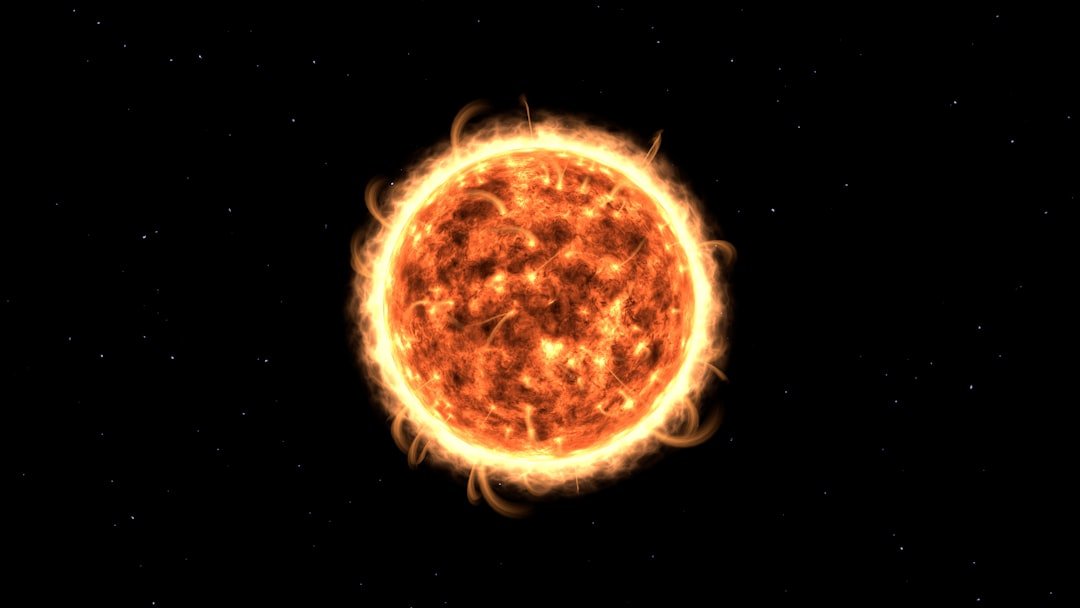
On Earth, gravity lets mountains stretch toward the sky. On a neutron star, gravity slams everything down so hard that mountains rise only millimeters to centimeters before materials yield. It’s an almost comical image: a whole planet-like body with landscape features barely taller than a stack of coins.
Here’s the twist: those tiny bumps matter. Even a minuscule asymmetry can radiate gravitational waves while the star spins, a whisper in spacetime that detectors are just beginning to chase. When you weigh this much, a small wrinkle is a seismic event.
Nuclear Pasta: The Weirdest Material In The Universe
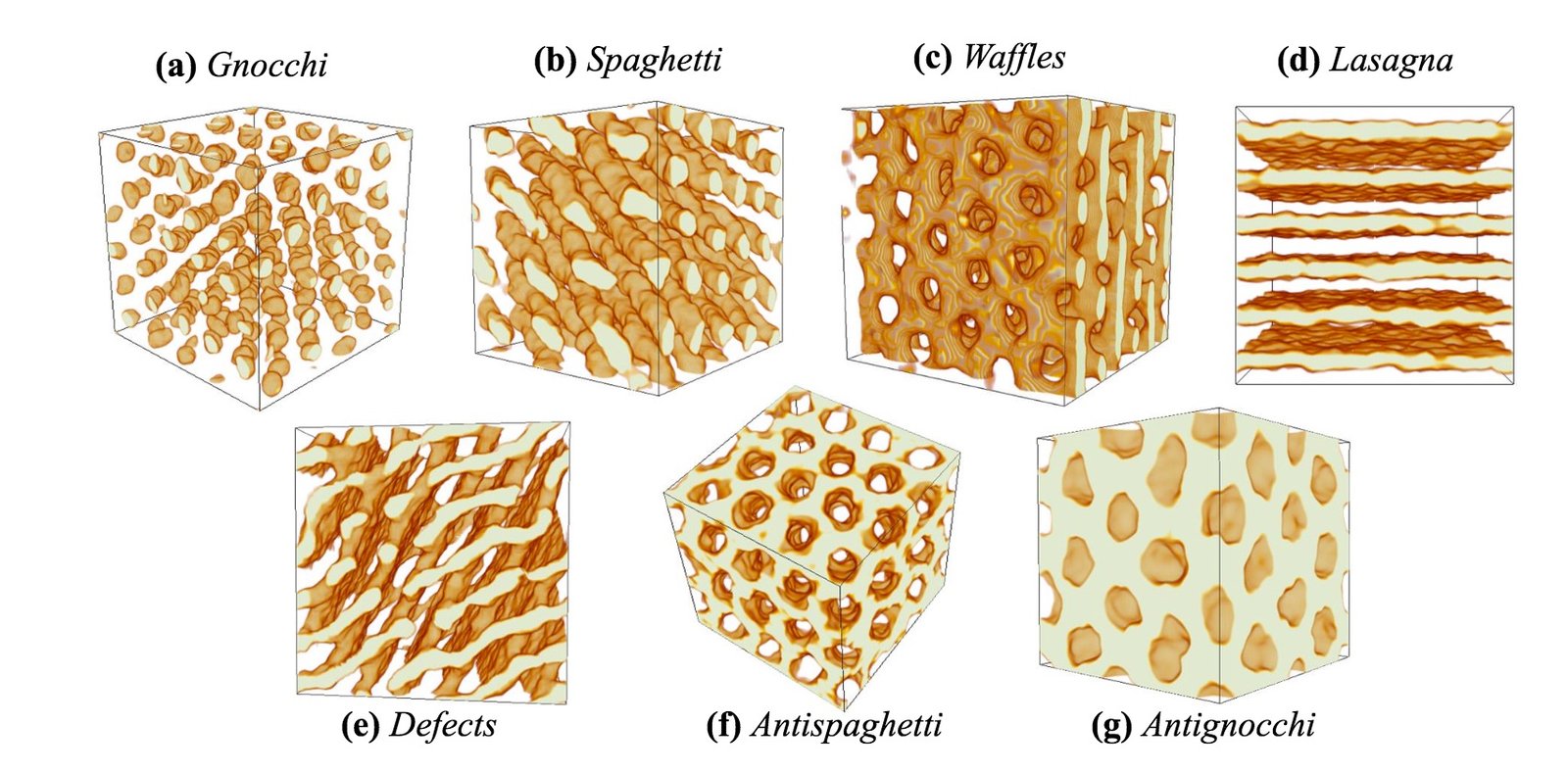
Deeper in the crust, nuclear matter may organize into shapes scientists nicknamed after comfort food – lasagna, spaghetti, gnocchi. It’s not a culinary joke; it’s the pattern that protons and neutrons adopt when squeezed and charged in extreme conditions. Simulations suggest this “nuclear pasta” could be the strongest material nature makes.
That strength could influence how the star vibrates and cools, and how those tiny mountains hold up under spin. It’s a reminder that exotic doesn’t mean fragile; under crushing pressure, bizarre order can emerge. I still love the image of the universe’s toughest stuff being named after a family dinner.
Cosmic Metronomes: Timekeeping That Challenges Atomic Precision
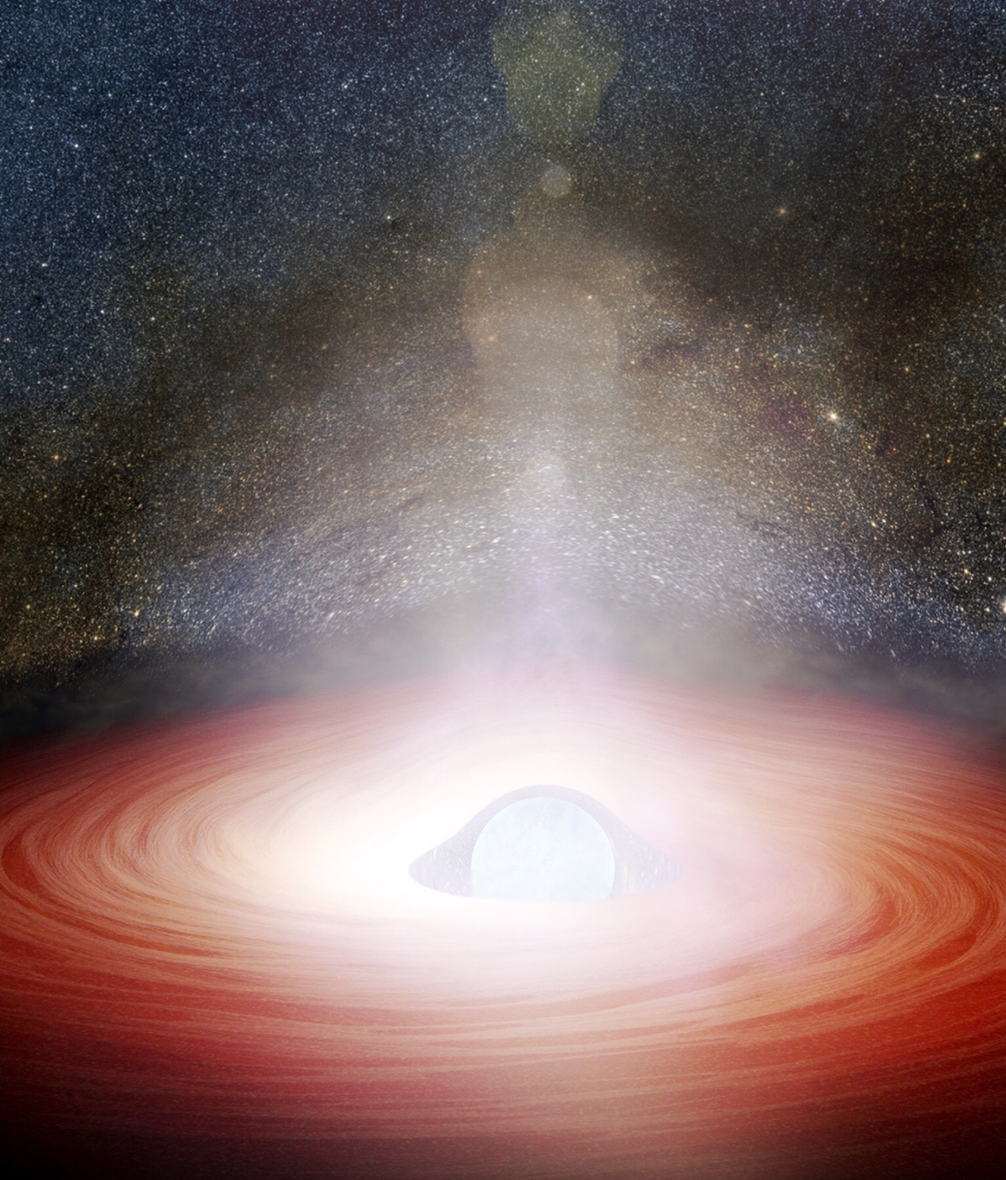
Millisecond pulsars keep such steady time that astronomers use them as a galaxy‑scale detector for long, slow gravitational waves. By pooling dozens of pulsars into timing arrays, teams recently reported strong evidence for a background hum likely created by pairs of supermassive black holes. It’s like using a sky full of ticking hearts to sense a distant drumbeat you can’t hear directly.
The first time I saw a pulsar timing residual plot, I felt the same jolt as hearing a perfect orchestra stay in time while the concert hall itself quietly swayed. Over years, tiny deviations add up, mapping the waves passing through. That’s a stunning trick for objects born in supernovae long ago.
Quakes And Glitches: When A Star Stumbles And Speeds Up
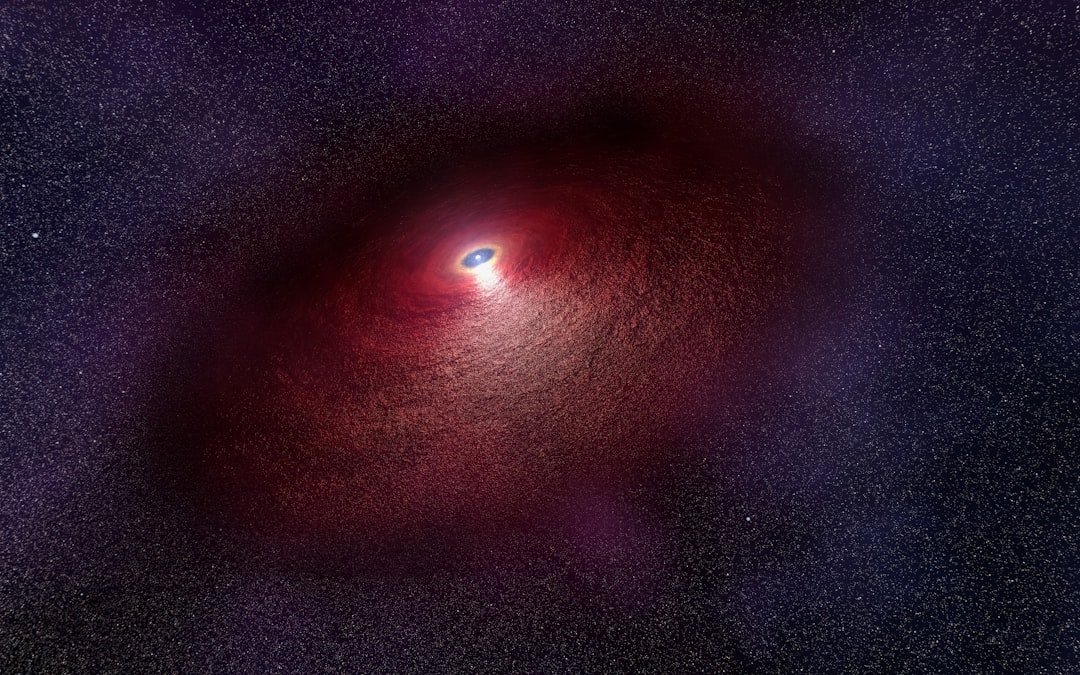
Every so often, a pulsar’s near‑perfect rhythm jumps – an abrupt spin‑up called a glitch. The leading idea points to superfluid neutrons inside the star that store angular momentum and suddenly hand it back to the crust. Imagine an ice skater with a second, hidden spinner under the rink, briefly grabbing the top skater’s ankles.
These events let researchers probe a realm of superfluid physics we can’t recreate on Earth. After a glitch, the star relaxes toward its old pace, and the recovery curve becomes a Rosetta stone for the interior. The data is messy, human, and electrifying – like catching a heartbeat skipping in real time.
Alchemy In Real Time: Neutron-Star Mergers Forge Heavy Elements
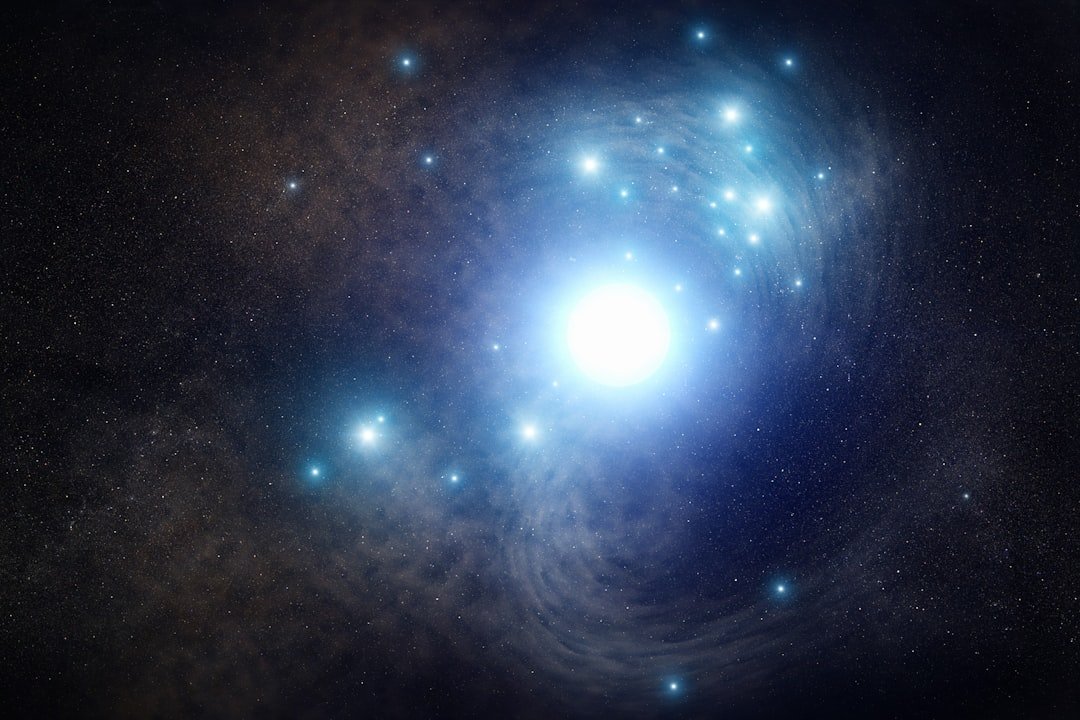
When two neutron stars collide, the fireworks are cosmically consequential. The kilonova that follows shines with freshly minted heavy elements, including the gold and platinum we prize on Earth. After the landmark detection of a neutron‑star merger with gravitational waves and light together, astronomers watched the fading glow reveal the chemistry of creation.
It’s uncomfortable and beautiful: the jewelry on a finger, the electrodes in medical devices, the catalysts in labs may trace back to star‑core smashups. Mergers stir up r‑process factories we had long suspected but never confirmed so cleanly. This is cosmic forensics with a bright, radioactive signature.
Why It Matters: Nature’s Ultimate Physics Lab On Our Doorstep
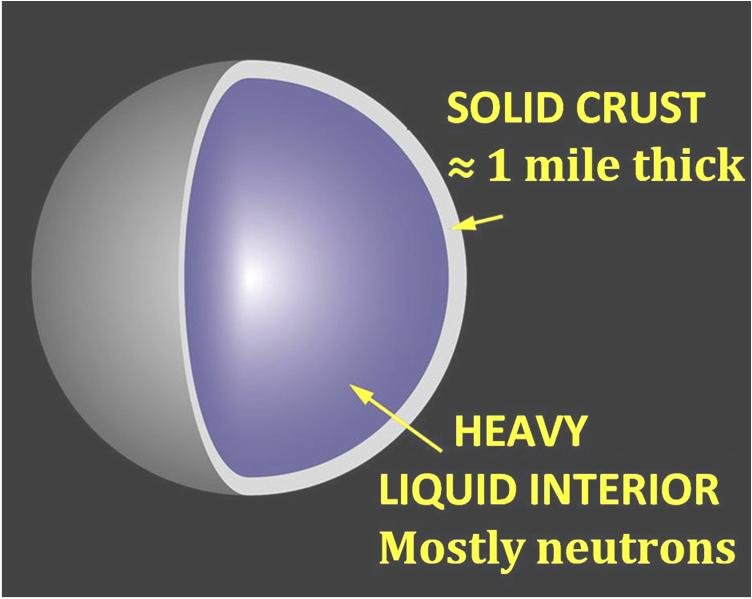
Neutron stars push theories to their breaking point, so they’re perfect places to test them. Binary pulsars let us watch general relativity at work under extreme curvature, while X‑ray pulse profiles can pin down the star’s size and thus the behavior of ultra‑dense matter. Those constraints feed directly into nuclear physics, particle models, and even the search for novel phases like deconfined quarks.
They also impact how we measure the universe. Neutron‑star mergers act as “standard sirens,” helping refine cosmic expansion without relying only on light, offering an independent check on long‑running tensions in cosmology. Few objects tie so many threads together this neatly.
The Future Landscape: What The Next Decade Could Reveal And How To Join In
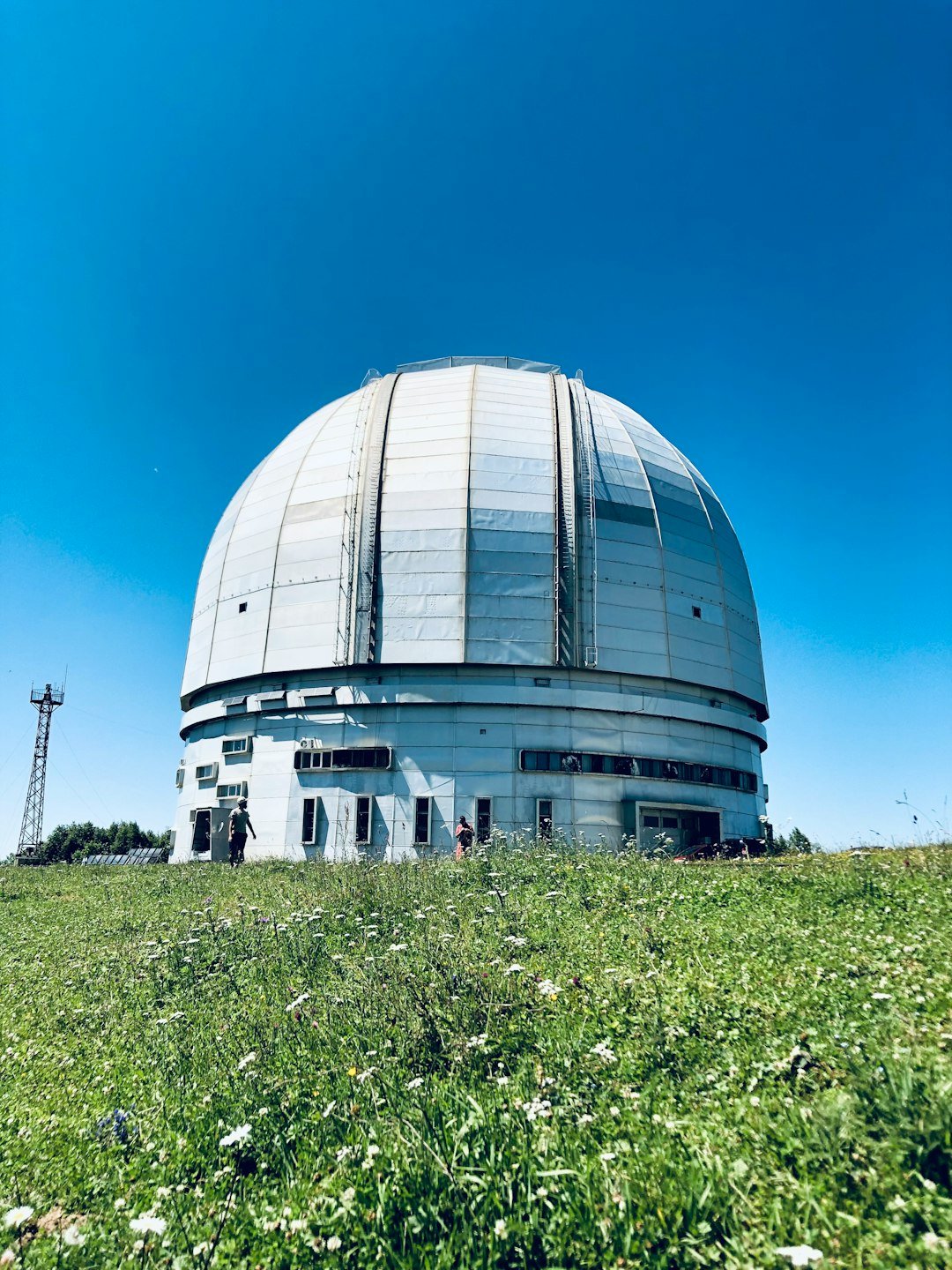
New observatories promise a rush of discoveries: sensitive radio arrays to net fresh millisecond pulsars, upgraded gravitational‑wave detectors to catch quieter mergers, and X‑ray missions to sharpen mass‑radius measurements. Together, they’ll probe the equation of state for dense matter, test gravity’s limits, and map magnetic tantrums with unprecedented detail. Expect richer “multi‑messenger” campaigns, where light, particles, and spacetime signals combine into one coherent story.
You don’t have to sit on the sidelines. Public computing projects help search data for pulsars, and education programs welcome volunteers to classify bursts or transient glows. Support dark‑sky initiatives and radio‑quiet protections that keep our instruments sensitive, and lend your voice when research funding comes up for debate. The next breakthrough could hinge on a quiet spectrum, a clean sky, or your laptop’s spare cycles – who imagined a collapsed star could use a little help from home?

Suhail Ahmed is a passionate digital professional and nature enthusiast with over 8 years of experience in content strategy, SEO, web development, and digital operations. Alongside his freelance journey, Suhail actively contributes to nature and wildlife platforms like Discover Wildlife, where he channels his curiosity for the planet into engaging, educational storytelling.
With a strong background in managing digital ecosystems — from ecommerce stores and WordPress websites to social media and automation — Suhail merges technical precision with creative insight. His content reflects a rare balance: SEO-friendly yet deeply human, data-informed yet emotionally resonant.
Driven by a love for discovery and storytelling, Suhail believes in using digital platforms to amplify causes that matter — especially those protecting Earth’s biodiversity and inspiring sustainable living. Whether he’s managing online projects or crafting wildlife content, his goal remains the same: to inform, inspire, and leave a positive digital footprint.




